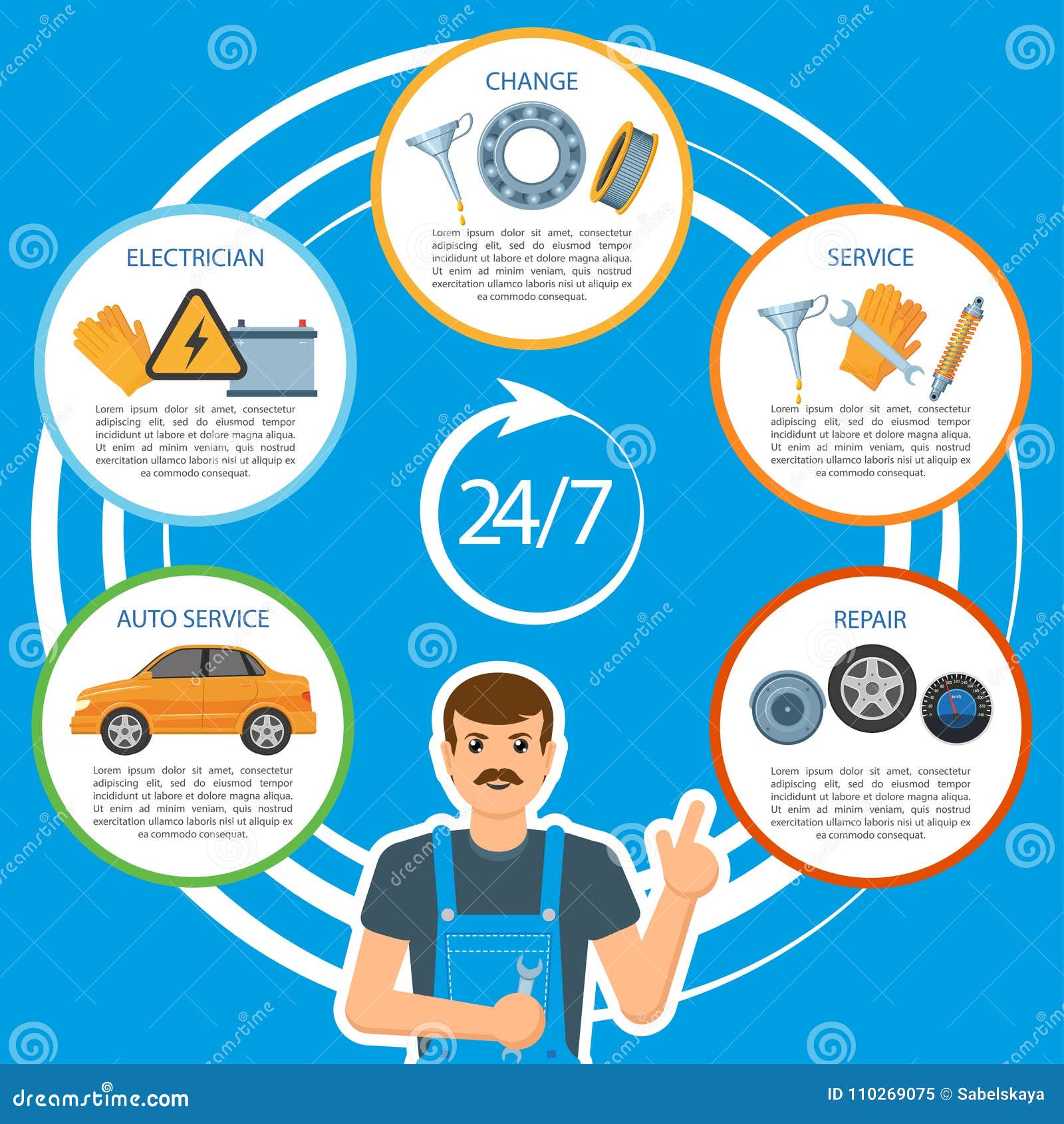Wondering About The Significance Behind Those Control Panel Warning Lights? Gain Insights Into Their Ramifications For Your Automobile'S Security And Upkeep
Wondering About The Significance Behind Those Control Panel Warning Lights? Gain Insights Into Their Ramifications For Your Automobile'S Security And Upkeep
Blog Article
Content Writer-Termansen Kejser
When you're behind the wheel, those radiant caution lights on your dashboard can be a bit puzzling. Do you recognize what they're trying to inform you concerning your car's health and wellness? Understanding the relevance of these lights is vital for your safety and security and the long life of your car. So, the next time among those lights pops up, would not you wish to decode its message accurately and take the required actions to resolve it?
Common Caution Lights and Interpretations
Recognize usual caution lights in your auto and understand their significances to guarantee secure driving.
One of the most typical caution lights include the check engine light, which signals concerns with the engine or emissions system. If salty car cleaning comes on, it's critical to have your vehicle checked without delay.
The oil stress warning light indicates low oil pressure, requiring instant focus to prevent engine damages.
A flashing battery light might suggest a faulty billing system, potentially leaving you stranded otherwise attended to.
The tire stress monitoring system (TPMS) light alerts you to reduced tire pressure, influencing lorry stability and gas efficiency. Overlooking this could lead to risky driving conditions.
The abdominal light indicates a problem with the anti-lock braking system, compromising your capacity to quit promptly in emergencies.
Last but not least, the coolant temperature level advising light warns of engine overheating, which can cause severe damages if not dealt with promptly.
Understanding these usual caution lights will aid you attend to issues without delay and keep safe driving conditions.
Value of Prompt Focus
Recognizing the typical caution lights in your car is just the primary step; the value of promptly dealing with these warnings can not be highlighted sufficient to ensure your security when driving.
When a caution light illuminates on your control panel, it's your auto's way of interacting a prospective problem that requires attention. Neglecting these cautions can bring about more serious problems later on, compromising your security and potentially costing you extra in repairs.
https://www.nbcconnecticut.com/investigations/curbing-catalytic-converter-crimes/2725777/ to advising lights can prevent malfunctions and crashes. As https://quickoilchangenearme06173.tokka-blog.com/31444566/uncover-the-key-steps-to-determining-a-trustworthy-auto-service-center-that-will-certainly-maintain-your-auto-s-optimum-efficiency-your-vehicle-deserves-premium-service , a blinking check engine light might suggest a misfire that, if left unattended, could cause damage to the catalytic converter. Resolving this quickly can conserve you from a pricey fixing.
In a similar way, a brake system cautioning light may indicate low brake fluid or used brake pads, critical parts for your security when driving.
DIY Troubleshooting Tips
If you observe a caution light on your control panel, there are a few do it yourself fixing tips you can try before looking for expert assistance.
The initial step is to consult your automobile's guidebook to recognize what the details warning light suggests. Often the problem can be as basic as a loose gas cap setting off the check engine light. Tightening the gas cap may deal with the trouble.
Another usual issue is a low battery, which can set off numerous advising lights. Inspecting the battery links for rust and guaranteeing they're safe could deal with the issue.
If a caution light persists, you can attempt resetting it by separating the automobile's battery for a couple of mins and after that reconnecting it. Furthermore, inspecting your automobile's fluid degrees, such as oil, coolant, and brake liquid, can aid repair warning lights related to these systems.
Conclusion
To conclude, comprehending your cars and truck's warning lights is necessary for maintaining your vehicle running efficiently and securely. By promptly addressing these signals and recognizing what they mean, you can prevent expensive repairs and prospective failures.
Keep in mind to consult your vehicle's handbook for specific information on each warning light and do something about it accordingly to ensure a hassle-free driving experience.
Remain informed, remain safe on the road!
